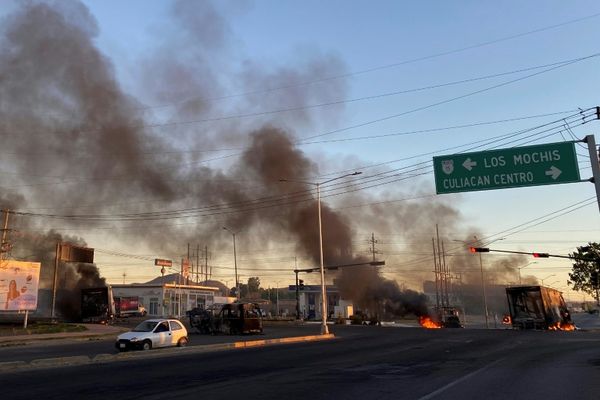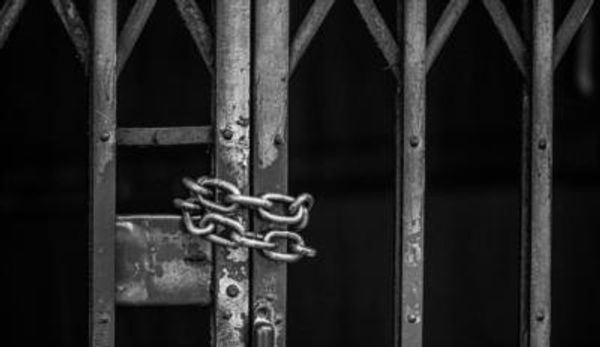As snow and strong winds brought blistering cold to Kansas City on Thursday, Hope Faith’s overnight shelter took in more people than it had beds.
Hope Faith, which is typically a day shelter, became an overnight shelter for the first time this season as part of Kansas City’s ZeroKC extreme weather plan. The center has a bit over 100 cots, but took in 163 people overnight Thursday, said executive director Doug Langner.
“In the end,” he said, “at the later parts of the evening, it was just making sure that anyone who needed to be warm and safe, to provide space for them.”
The demand was overwhelming at times, in part because many other services and buildings closed due to the winter storm, Langner said, and Hope Faith remained open for 20 hours Thursday into Friday.
With the frigid temperatures, Langner said Hope Faith called emergency medical services at least six times Thursday and at least twice Friday for people showing symptoms of frostbite or hypothermia.
A community worker contacted Jaynell Assmann, director of Care Beyond the Boulevard, on Thursday about a man whose nose was completely white and had icicles on it because of frostbite. The organization provides free medical care to homeless and uninsured people.
In the next week, she expects to hear about people who died or had amputations or infections because of frostbite. Some calls come weeks later, after people have tried to treat themselves and need help from Assmann’s organization or a hospital.
Those who survive, she said, often deal with lifelong neuropathy, which causes numbness and pain from nerve damage.
“It’s really a very painful health problem,” Assmann said. “It goes beyond, ‘Well, OK we’ll just heal them.’ Because they have that nerve damage, they can’t feel, and subsequently when they’re cold in the future, they’re less sensitive to feeling that cold, so it just becomes a vicious cycle.”
This year, the city added 100 new beds at shelters but that isn’t enough to help the nearly 1,000 people experiencing homelessness in the metro, Assmann said
She and other activists say the system can be difficult to navigate, especially in emergencies. People experiencing homelessness have to move between day and night shelters and be aware of restrictions based on gender or whether or not they have children.
Plans for winter shelters should be figured out months in advance and communicated early on so that people know where to find shelter and resources, said Anton Washington, who founded Creative Innovative, a community organization working against housing insecurity.
Marqueia Watson, executive director of the Greater Kansas City Coalition to End Homelessness, said many people she saw were not prepared with enough winter gear. Some, she said, were also newly homeless due to rising rents and not prepared both physically and mentally for the cold weather.
To address their needs long-term, she said, the city needs to solve its housing issues so that renters aren’t pushed out as costs skyrocket.
“There needs to be a reckoning, really, around affordability and creating access for people to simply have a dignified place to rest their head,” she said. “Whether you have zero income or whether you are making $50,000 or $60,000 a year. It’s a huge stressor on folks, and we’re just not taking it seriously.”







